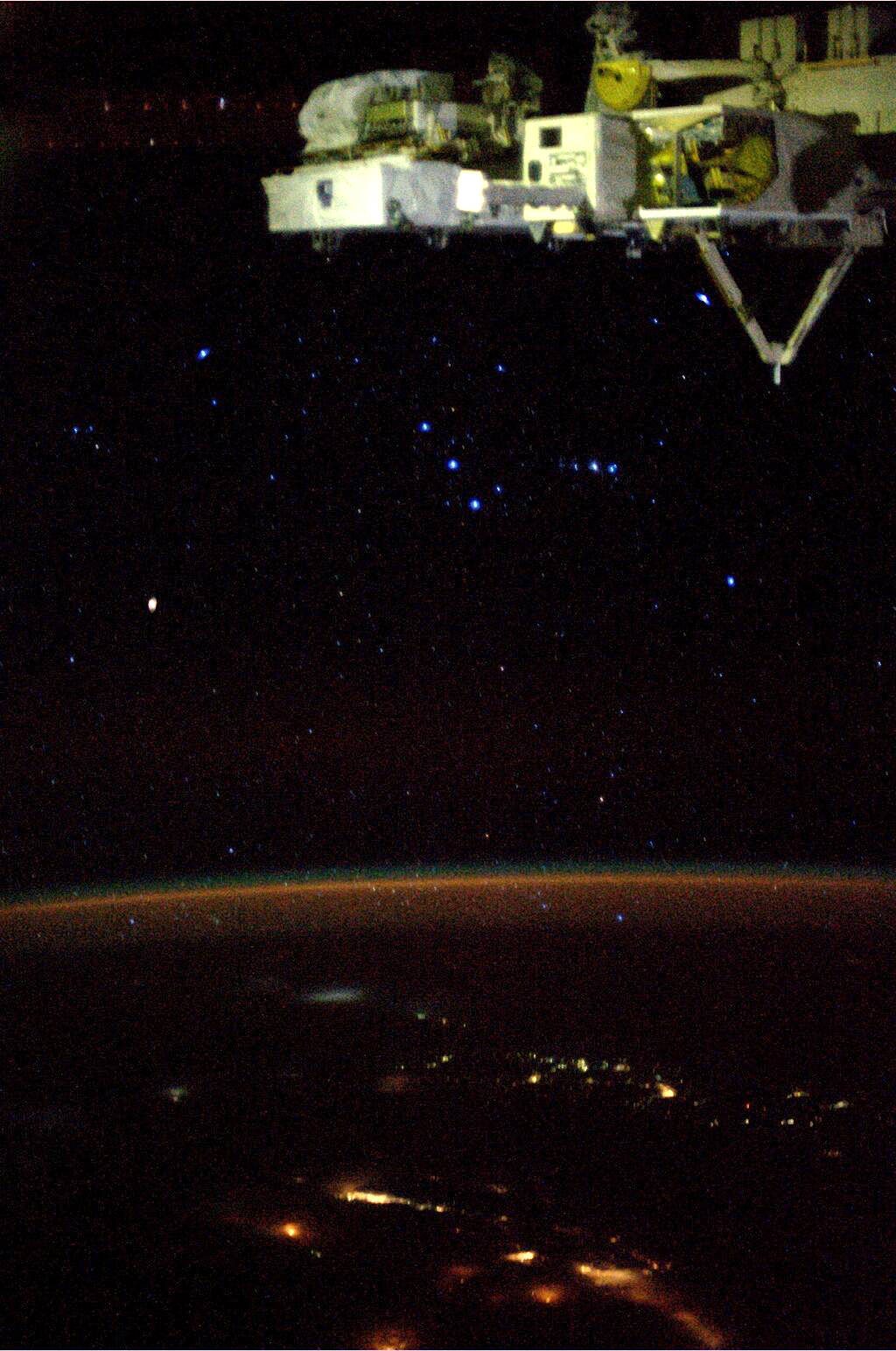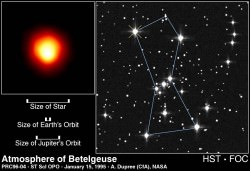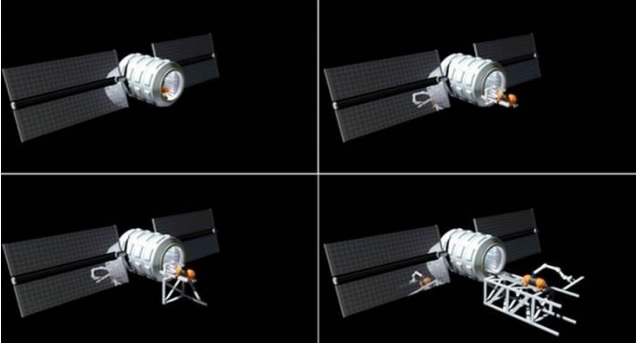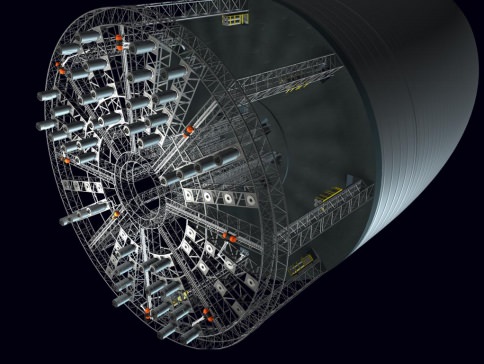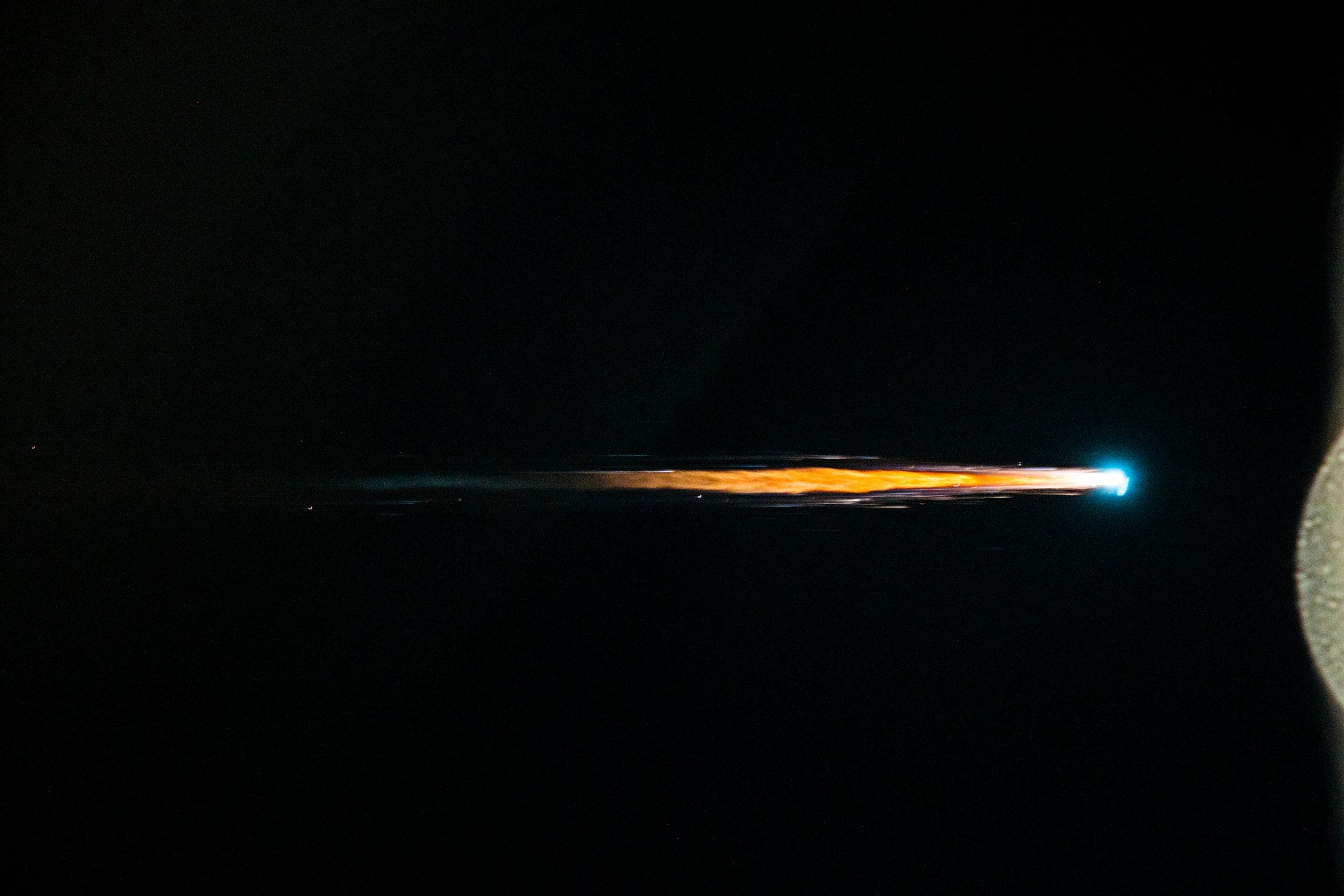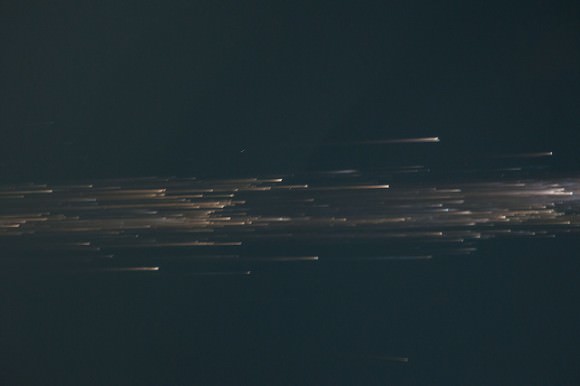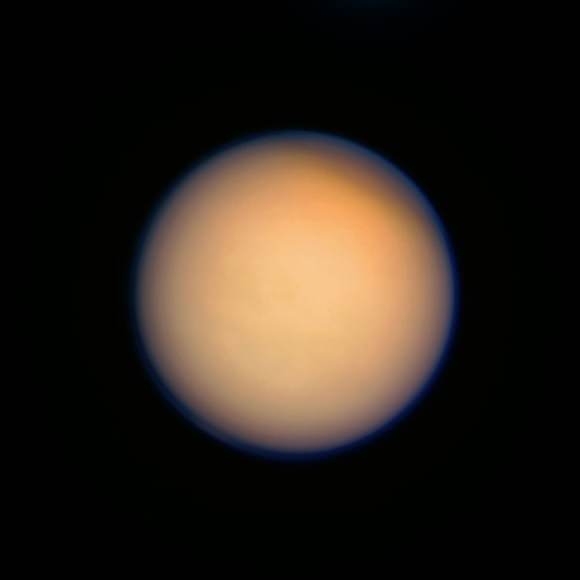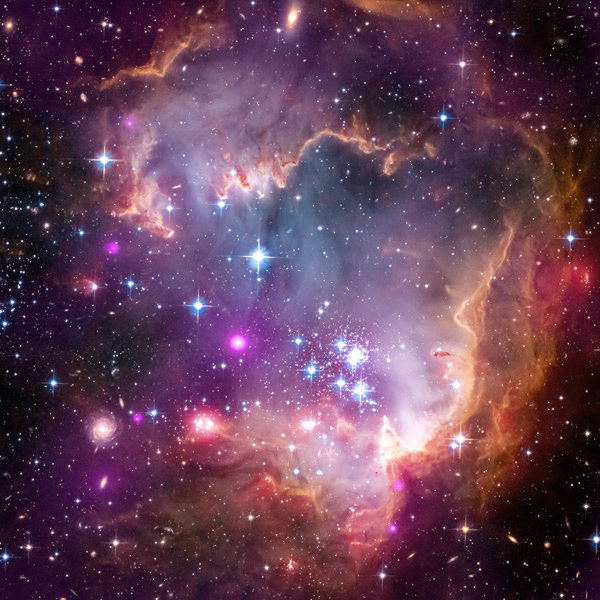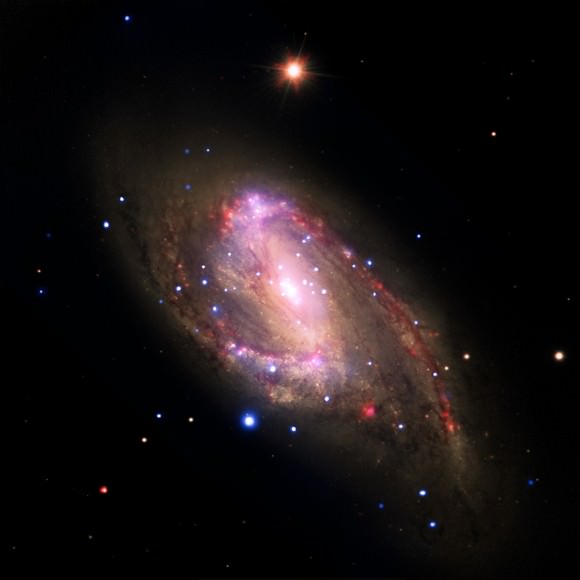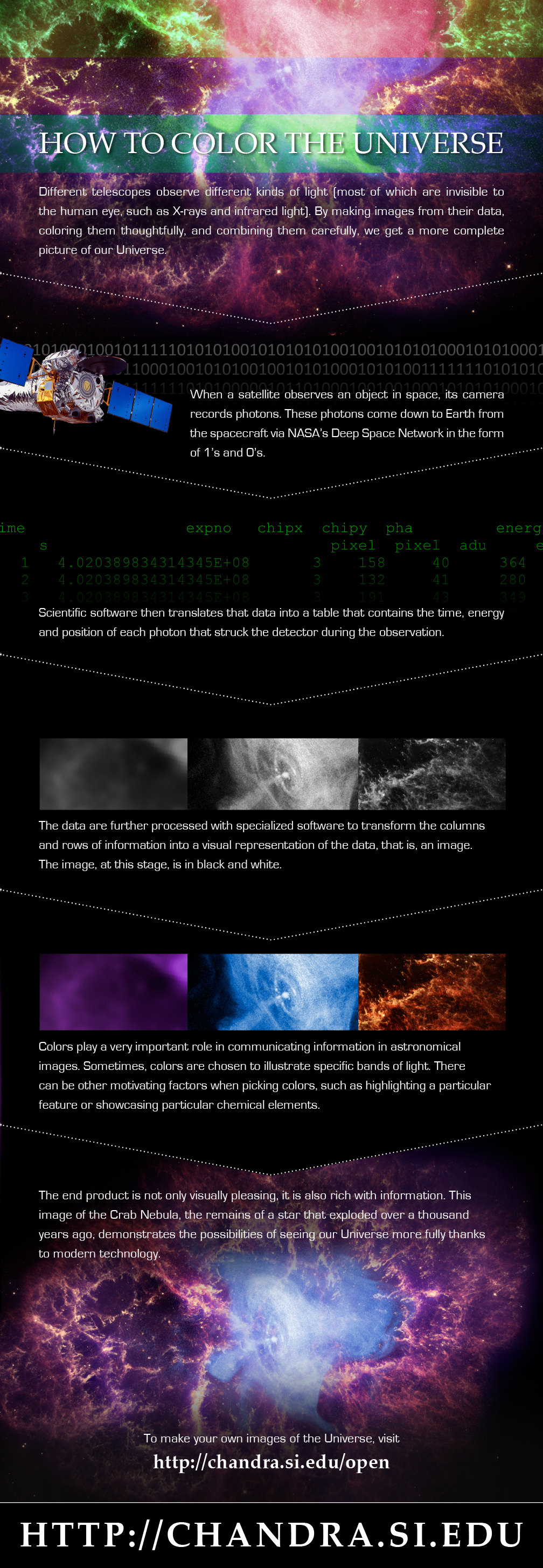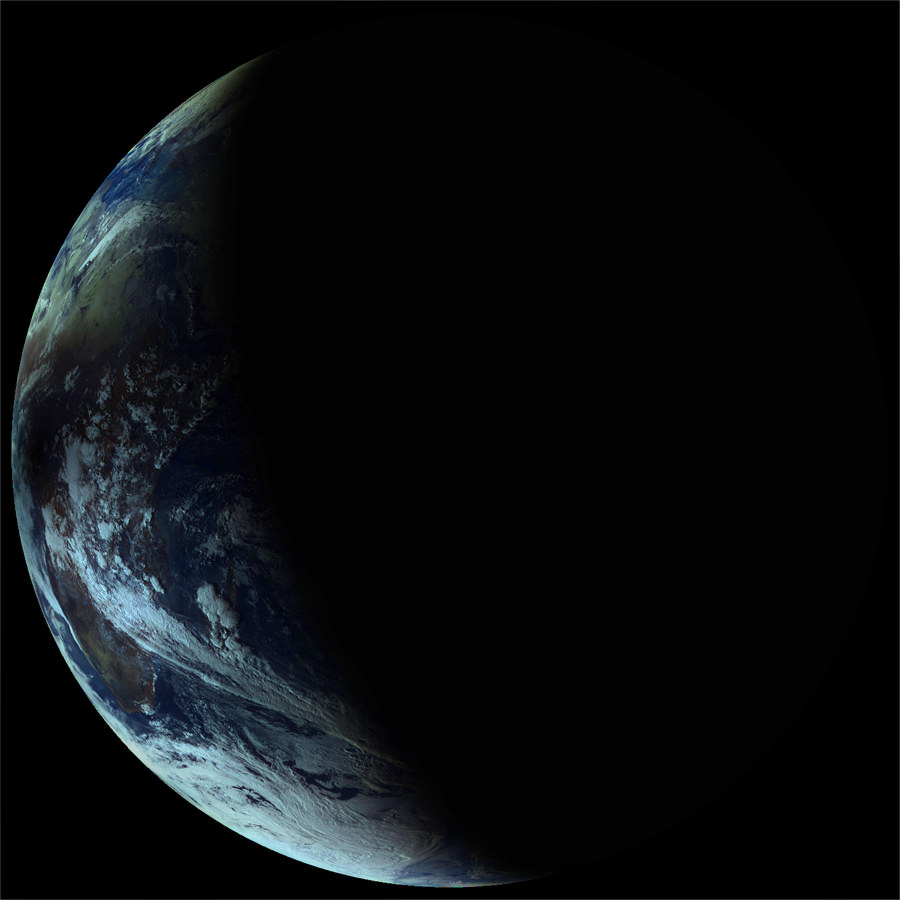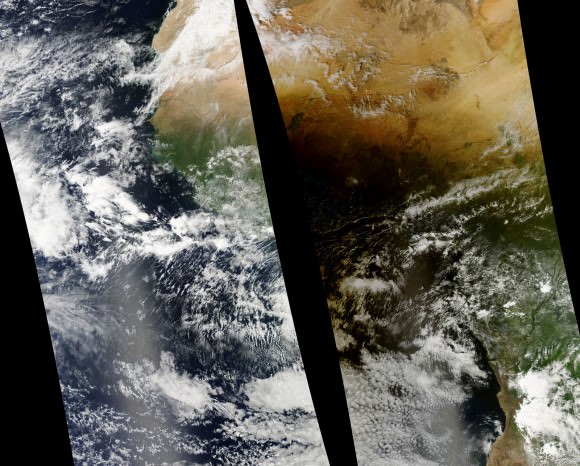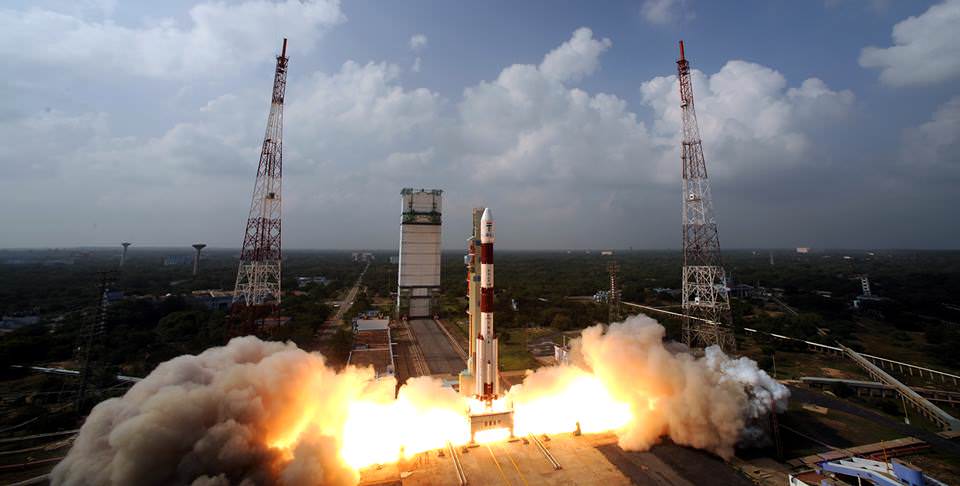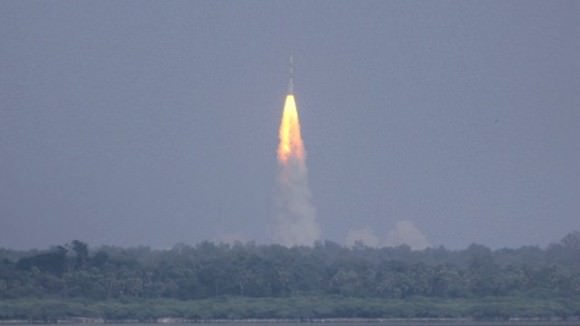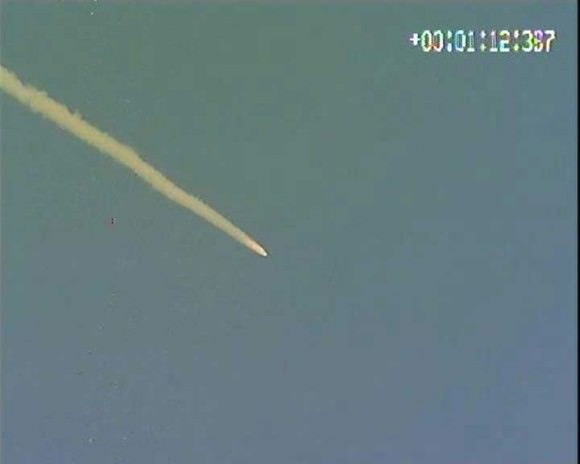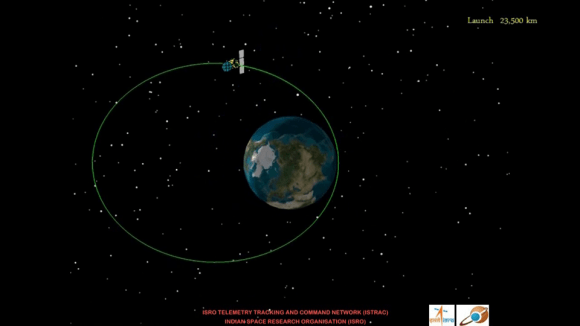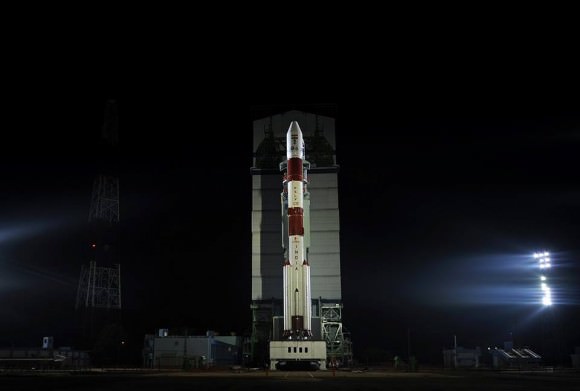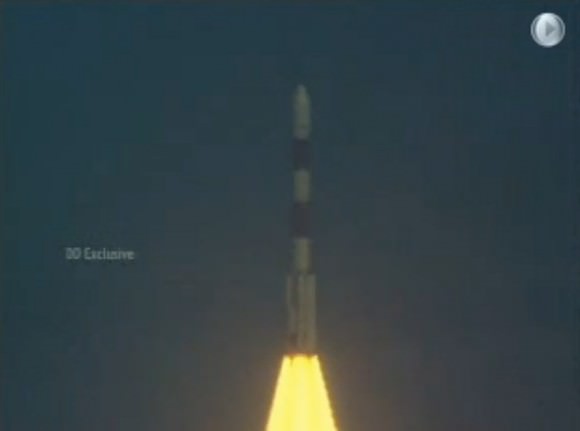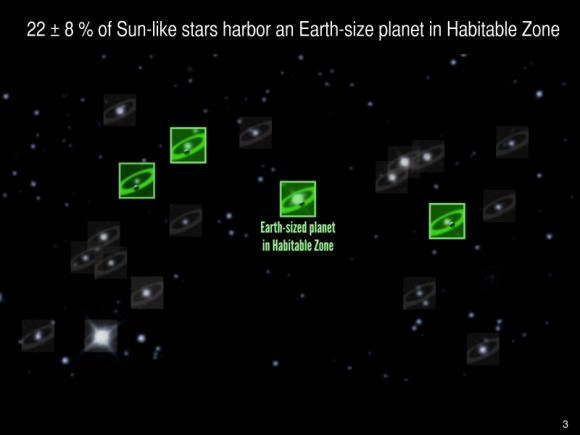The world’s largest radio telescope will act very much like a jigsaw; every piece of it must be precisely engineered to “fit” and to work with all the other elements. This week, the organizers of the Square Kilometer Array released which teams will be responsible for the individual “work packages” for this massive telescope, which will be in both South Africa and Australia.
“Each element of the SKA is critical to the overall success of the project, and we certainly look forward to seeing the fruits of each consortium’s hard work shape up over the coming years”, stated John Womersley, chair of the SKA board.
“Now this multi-disciplinary team of experts has three full years to come up with the best technological solutions for the final design of the telescope, so we can start tendering for construction of the first phase in 2017 as planned.”
Key science goals for SKA include the evolution of galaxies, the nature of mysterious dark energy, examining the nature of gravity and magnetism, looking at how black holes and stars are created, and even searching for extraterrestrial signals. We’ll illustrate some of those key science concepts while talking about the teams below.

The numbers themselves on the teams are staggering: more than 350 scientists and engineers, representing 18 countries and almost 100 institutions. There are 10 main work packages that these people are responsible for. Here they are, along with SKA’s descriptions of each element:
– Dish: “The “Dish” element includes all activities necessary to prepare for the procurement of the SKA dishes, including local monitoring & control of the individual dish in pointing and other functionality, their feeds, necessary electronics and local infrastructure.” (Led by Mark McKinnon of Australia’s Commonwealth Scientific and Industrial Research Organisation, or CSIRO.)
– Low Frequency Aperture Array: “The set of antennas, on board amplifiers and local processing required for the Aperture Array telescope of the SKA.” (Led by Jan Geralt Bij de Vaate of ASTRON, or the Netherlands Institute for Radio Astronomy).
– Mid Frequency Aperture Array: “Includes the activities necessary for the development of a set of antennas, on board amplifiers and local processing required for the Aperture Array telescope of the SKA.” (Led by de Vaate.)
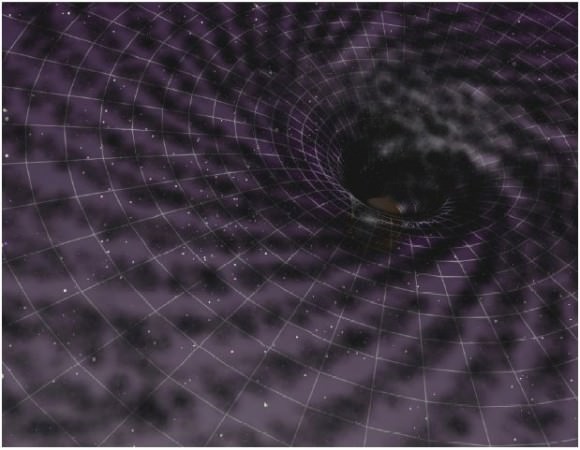
– Telescope Manager: “Will be responsible for the monitoring of the entire telescope, the engineering and operational status of its component parts.” (Led by Yashwant Gupta of the NCRA or National Centre for Radio Astrophysics in India.)
– Science Data Processor: “Will focus on the design of the computing hardware platforms, software, and algorithms needed to process science data from the correlator or non-imaging processor into science data products.” (Led by Paul Alexander of the University of Cambridge, United Kingdom.)
– Central Signal Processor: “It converts digitised astronomical signals detected by SKA receivers (antennas & dipole (“rabbit-ear”) arrays) into the vital information needed by the Science Data Processor to make detailed images of deep space astronomical phenomena that the SKA is observing.” (David Loop of the NRC, National Research Council of Canada.)
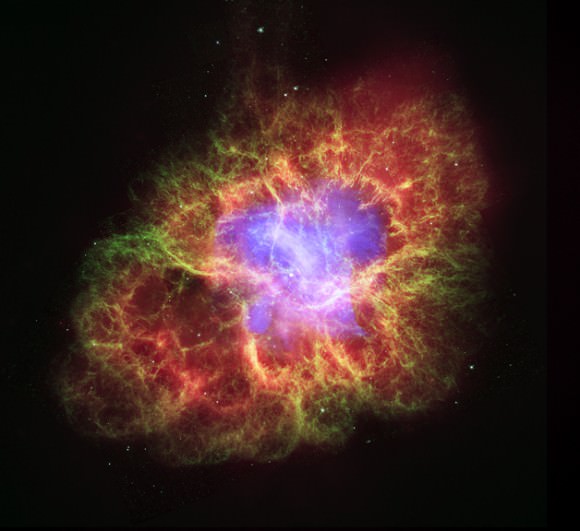
– Signal and Data Transport: “The Signal and Data Transport (SADT) consortium is responsible for the design of three data transport networks.” (Led by Richard Schilizzi of the University of Manchester, United Kingdom.)
– Assembly, Integration & Verification: “Includes the planning for all activities at the remote sites that are necessary to incorporate the elements of the SKA into existing infrastructures, whether these be precursors or new components of the SKA.” (Led by Richard Lord of SKA South Africa.)
– Infrastructure: “Requires two consortia, each managing their respective local sites in Australia and Africa … This includes all work undertaken to deploy and be able to operate the SKA in both countries such as roads, buildings, power generation and distribution, reticulation, vehicles, cranes and specialist equipment needed for maintenance which are not included in the supply of the other elements.” (Led by Michelle Storey of CSIRO.)
– Wideband Single Pixel Feeds: “Includes the activities necessary to develop a broadband spectrum single pixel feed for the SKA.” (Led by John Conway of Chalmers University, Sweden.)


